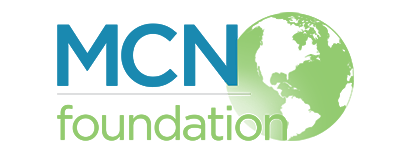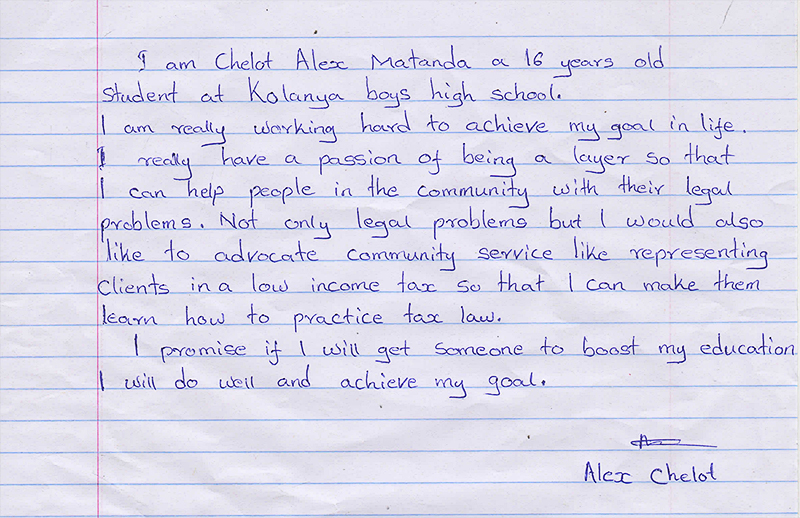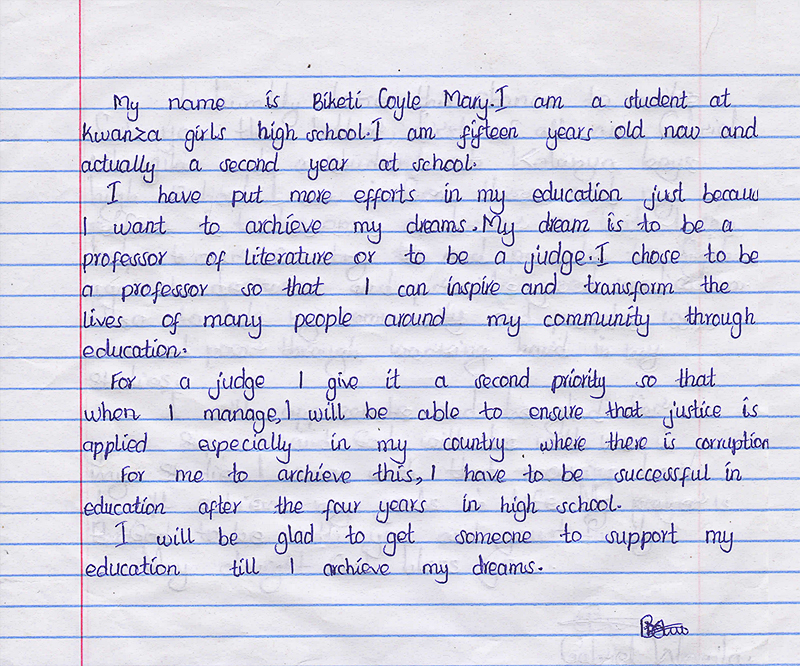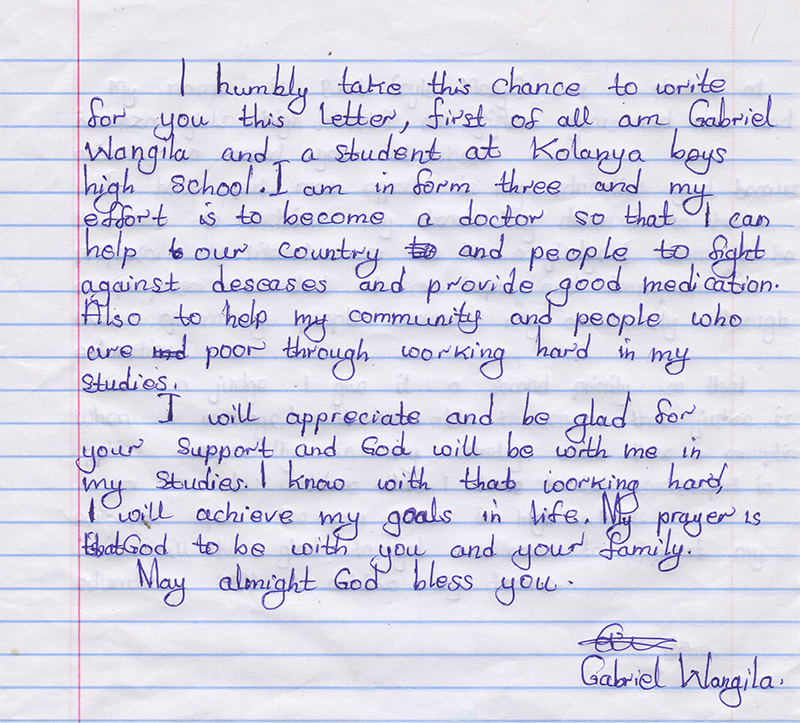latest activities: mcn foundation supports shofco in kenya’s kibera
The extremes of Africa never cease to shock us. Extreme beauty and desolate poverty at the same time. The most exclusive residential area in Nairobi directly neighboring c. one million people living in such humble conditions. Conditions that had our local driver, Josephine, aghast as she was previously unaware of their existence. And yet, through the market streets music plays out loudly and kids run around seemingly carefree and untroubled.
We parked the car at the Kibera town center and walked through the streets of the slum area to eventually reach the Shining Hope for Communities (Shofco) location. We got greeted by a group of smiling children, who ran to hug and welcome us.
Dennis, gave us a full tour of the compound explaining the work that they do. Wow! We were truly impressed with the holistic approach to community improvement that Shofco takes: from providing education, to running clinics; from addressing head on issues such as sexual and domestic violence, to improving community relations and combatting tribalism and political turmoil; from teaching working and business skills, to offering clean water. They leave no stone unturned and they deal with the issues in a thorough and thoughtful way. They take the approach of teaching the slum population how to fish rather than just giving them food.
Of particular interest to us were:
1. The Gender Department: addresses sexual and domestic violence through both Prevention and Intervention response. Mrs Zena explained that she has 9 case workers and 19 champions in 13 villages of the area helping them find and mediate cases
a. Prevention: includes household visits, educating the population especially the men
b. Intervention Response: stepping in for the victim, providing medical checks, writing police reports, case filing, provide support including in-house law advice and counseling/mediation.
c. Finally they offer a 24h hotlink
2. The Clinic and The Lab: The Clinic and Lab deal with more cases per day than would be considered possible if not witnessed.
a. The lab for instance, conducts 500 tests per day for the people of the Kibera community in a small space with a limited team and tools. They receive some Government help for HIV tests and occasionally have to outsource some further work to private companies at a cost. A team picks up the waste once a week.
b. As for the Clinic, we found out that Malaria is their biggest concern, closely followed by Cholera and TB.
c. How we offered to help: As waste management principles go and infection control guidelines, we felt that we can help the Shofco team by providing them with free education from our infection control courses. Also, we can offer them courses to educate the public on Malaria prevention
3. The school: it was wonderful to visit the classrooms and realize how well structured and staffed they are – having two teachers for about 15 children (better than some private schools have in the western world). And their curriculum is no laughing matter – they are actually doing well for their age: Miss Lydia told us the Pre-K Class is already learning the Alphabet.
a. How we helped: We met Mrs Eunice at the inventory and handed numerous items for the school and kids: from computers to graphic material; from paints to books; from magnetic boards and letters to jump-ropes amongst other items.
We left Shofco feeling impressed and hoping to work even closer with them in the future. It is the type of foundation we are proud to be affiliated with.





